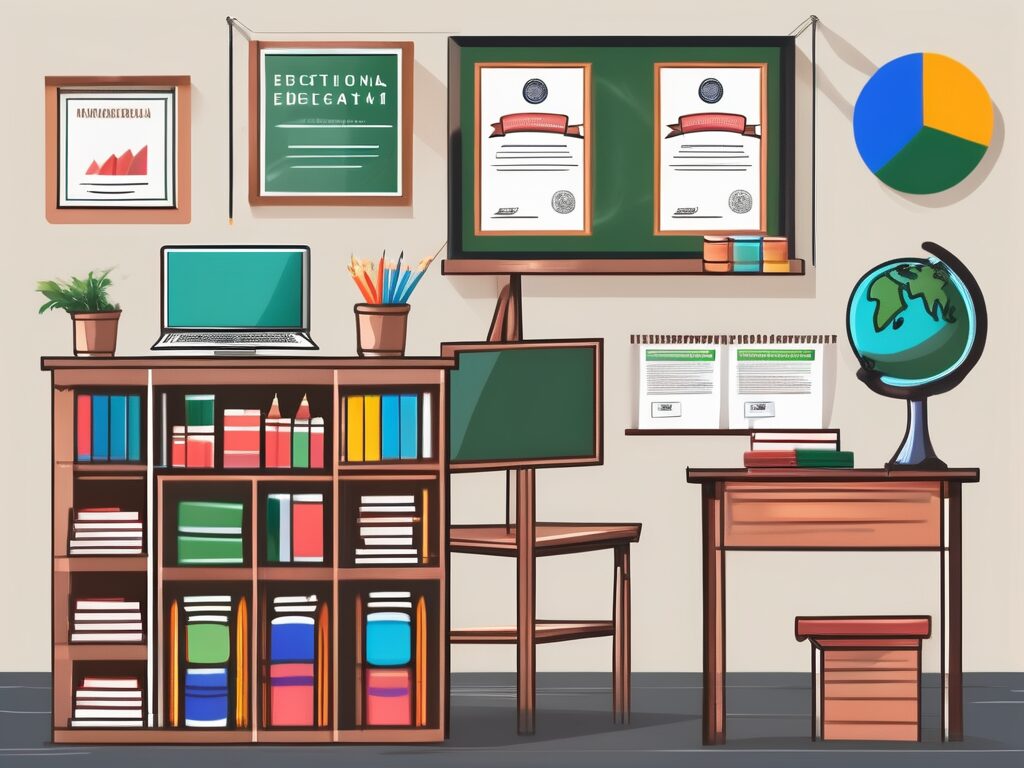The realm of education is a dynamic and ever-evolving field, particularly in the context of globalisation. As educators, we’re constantly seeking ways to adapt and improve our teaching methods to cater to the diverse needs of our students. This is especially true in Thailand, where classrooms are becoming increasingly multicultural. If you’re an educator with a Master’s in Education, you’re likely looking for strategies to effectively manage and teach in these diverse classrooms. In this blog post, we’ll explore five such strategies that can help you navigate this exciting and challenging terrain.
Understanding Cultural Diversity
The first step towards managing a diverse classroom is understanding cultural diversity itself. This involves recognising and appreciating the differences and similarities among students from various cultural backgrounds. It’s not just about acknowledging the existence of these differences, but also understanding how they can influence learning and interaction within the classroom.
For instance, students from certain cultures may be more reserved in class, while others may be more outspoken. Understanding these cultural nuances can help you create a more inclusive learning environment. It’s also important to remember that each student is unique and may not necessarily conform to cultural stereotypes. Hence, it’s crucial to treat each student as an individual and not make assumptions based on their cultural background.
Creating an Inclusive Classroom Environment
Creating an inclusive classroom environment is another key strategy in managing diverse classrooms. This involves making sure that all students feel valued, respected, and part of the classroom community. One way to do this is by incorporating elements from different cultures into the classroom. This could be through decorations, learning materials, or even the curriculum itself.
For example, you could include books from various cultures in your classroom library, or use examples from different cultures in your lessons. This not only makes students from different cultures feel included, but also exposes all students to a variety of perspectives, thereby promoting cultural awareness and understanding.
Encouraging Student Participation
Encouraging student participation is another effective way to create an inclusive classroom environment. This could be through class discussions, group projects, or other interactive activities. By giving all students a chance to express their ideas and opinions, you’re not only promoting active learning, but also fostering a sense of belonging among students.
However, it’s important to ensure that all students are comfortable participating. Some students may be hesitant to speak up in class due to language barriers or cultural differences. In such cases, providing support and encouragement can go a long way in helping these students participate.
Adapting Teaching Methods
Adapting your teaching methods to cater to the diverse needs of your students is another crucial strategy. This involves using a variety of teaching methods to ensure that all students can learn effectively. For instance, some students may learn best through visual aids, while others may prefer verbal explanations. By using a mix of teaching methods, you can cater to these different learning styles and ensure that all students can understand the material.
Moreover, it’s also important to consider the cultural context of your students when teaching. For instance, certain concepts or examples may not be relatable to students from different cultures. In such cases, adapting your teaching to include culturally relevant examples can make the material more understandable and engaging for these students.
Using Technology
Technology can be a powerful tool in managing diverse classrooms. For instance, digital tools can help bridge language barriers by providing translations or visual aids. They can also provide personalised learning experiences, allowing students to learn at their own pace and in their own way. Moreover, technology can also facilitate communication and collaboration among students from different cultures, thereby promoting cultural understanding and cohesion.
However, it’s important to remember that not all students may have access to the same technological resources. Hence, it’s crucial to ensure that the use of technology in the classroom does not exacerbate existing inequalities.
Continuous Professional Development
Lastly, as an educator, it’s important to continuously develop your skills and knowledge in managing diverse classrooms. This could be through professional development courses, workshops, or even self-study. By staying updated on the latest research and strategies in multicultural education, you can continually improve your teaching and effectively cater to the diverse needs of your students.
Moreover, it’s also beneficial to network with other educators who are also working in diverse classrooms. This can provide a platform for sharing experiences, challenges, and strategies, thereby enriching your own teaching practice.
Conclusion
Managing diverse classrooms in Thailand with a Master’s in Education can be a rewarding and enriching experience. By understanding cultural diversity, creating an inclusive classroom environment, adapting your teaching methods, using technology, and continuously developing your professional skills, you can effectively cater to the diverse needs of your students and create a vibrant and inclusive learning environment.
Remember, the goal is not to erase differences, but to celebrate and learn from them. After all, diversity is not just about differences, but also about unity in diversity.
Advance Your Teaching Career with iQTS
As you embrace the diversity of Thailand’s classrooms, consider taking your professional development to the next level with The IQTS at UWE. Our International Qualified Teacher Status (iQTS) Programme is designed to help educators like you overcome the barriers of strict qualification requirements, enhance your career progression, connect with a global community of professionals, and gain a comprehensive understanding of international curricula. With flexible online study options, the iQTS programme is the perfect fit for busy teachers aiming for success in international education. Don’t let this opportunity pass you by. Make Your Next Step today and join a network of educators who are transforming their careers and the future of education.

